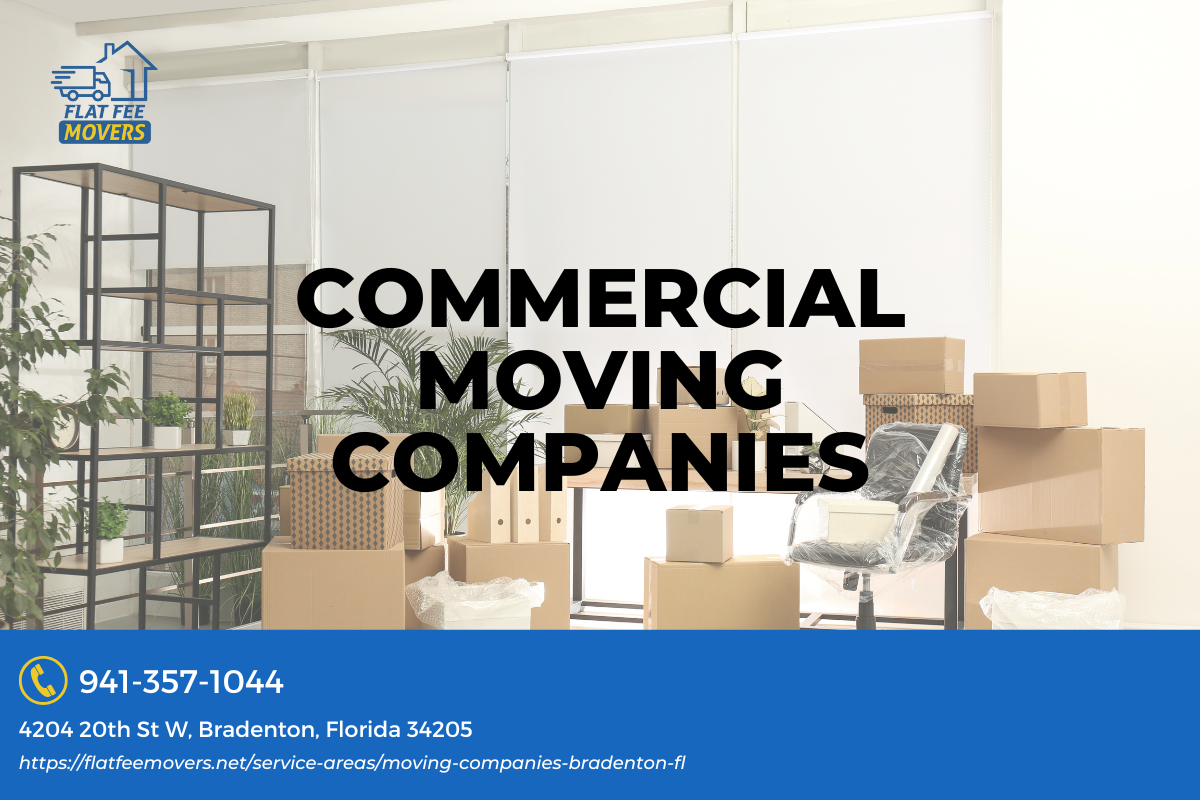

Introduction
Moving a commercial business can be a daunting task, especially when you have multiple locations to coordinate. The logistics of packing up and relocating an entire office can be overwhelming, but with the right planning and organization, you can ensure a seamless transition for your business. In this article, we will discuss the steps involved in coordinating a commercial move with multiple locations, from finding the right commercial movers to managing the logistics of the move.
Finding Reliable Commercial Movers
Why Hiring Professional Commercial Movers is Essential
When it comes to moving your business, hiring professional commercial movers is essential. They have the expertise and experience to handle all aspects of the move, from packing delicate equipment to transporting heavy furniture. By entrusting your move to professionals, you can focus on other important tasks while ensuring that your belongings are in safe hands.
Tips for Choosing the Right Commercial Moving Company
Finding the right commercial moving company can make all the difference in ensuring a smooth and efficient move. http://edwinucml345.trexgame.net/eco-friendly-practices-in-the-commercial-moving-industry Here are some tips to help you choose the best commercial movers for your needs:
Research Local Companies: Start by researching local commercial moving companies in your area. Look for companies that specialize in office relocations and have a proven track record of success.
Read Reviews: Check online reviews and testimonials from previous clients to get an idea of each company's reputation and customer satisfaction.
Get Multiple Quotes: Contact several commercial movers and request quotes for your move. Compare prices and services offered to find the best option for your budget.
Ask About Insurance Coverage: Inquire about insurance coverage options offered by each moving company. Ensure that they provide adequate coverage for any potential damages or losses during transit.
Check Licensing and Credentials: Verify that the commercial movers you are considering are licensed and insured. This will give you peace of mind knowing that they meet industry standards and regulations.
Evaluate Experience and Expertise: Consider the experience and expertise of the moving company. Look for movers who have successfully handled commercial moves with multiple locations in the past.
Planning and Organization
Developing a Timeline for Your Move
One of the most crucial aspects of coordinating a seamless commercial move is developing a detailed timeline. A well-planned timeline will ensure that all tasks are completed in a timely manner, minimizing disruptions to your business operations. Here's how you can develop an effective timeline for your move:
Start Early: Begin planning for your move as early as possible. Give yourself ample time to research, organize, and make necessary arrangements.
Create a Checklist: Make a checklist of all the tasks that need to be completed before, during, and after the move. This will help you stay organized and ensure that nothing falls through the cracks.
Assign Responsibilities: Delegate specific tasks to members of your team to ensure that everyone is on the same page. Clearly define roles and responsibilities to avoid confusion or duplication of efforts.
Set Realistic Deadlines: Break down larger tasks into smaller, manageable steps with realistic deadlines. This will help you stay on track and prevent last-minute rush.
Communicate with Employees: Keep your employees informed about the move and provide them with any necessary information or resources they may need during the transition.
Coordinate with Vendors and Suppliers: Notify vendors, suppliers, and other stakeholders about your move well in advance. Coordinate with them to ensure a smooth transition of services.
Managing Logistics
Coordinating a commercial move with multiple locations requires careful management of logistics. Here are some key factors to consider when managing the logistics of your move:
Inventory Management: Take stock of all your office furniture, equipment, and supplies across multiple locations. Create an inventory list to keep track of everything and ensure that nothing gets lost or left behind.
Labeling and Packing: Clearly label all boxes and items to indicate their contents and destination location. This will make unpacking and setting up at the new location much easier.
Transportation and Storage: Determine the most efficient mode of transportation for your move, whether it's a moving truck, shipping containers, or a combination of both. If you need temporary storage for any items, make arrangements in advance.
IT Infrastructure: Coordinate with your IT department or service provider to ensure a smooth transition of your computer systems, servers, and other technology infrastructure. Consider hiring professionals who specialize in IT relocations to minimize downtime.
Utilities and Services: Arrange for utilities such as electricity, internet, phone lines, and water to be set up at your new locations before the move. Notify service providers about the change of address and schedule installation or transfer accordingly.
Employee Communication: Keep your employees informed about the logistics of the move, including packing instructions, transportation arrangements, and any changes in their work environment. Provide them with the necessary resources and support to facilitate a seamless transition.
FAQs
Q: How long does it take to coordinate a commercial move with multiple locations?- A: The timeline for coordinating a commercial move with multiple locations can vary depending on various factors such as the size of each location, the number of employees involved, and the complexity of logistics. It is recommended to start planning at least three to six months in advance to allow sufficient time for preparation.
- A: If you have sensitive or confidential information that needs to be moved, it is essential to work with professional commercial movers who have experience handling such materials. Ensure that they have proper security measures in place and sign confidentiality agreements if necessary.
- A: While it is possible to coordinate a commercial move yourself, it can be a complex and time-consuming task, especially when you have multiple locations to manage. Hiring professional commercial movers not only saves you time and effort but also ensures that your move is handled efficiently and with minimal disruptions.
- A: To minimize downtime during the move, consider scheduling the relocation over a weekend or during non-business hours. This will give you some buffer time to set up at the new location before resuming normal operations. Additionally, communicate with employees about any temporary changes or alternative work arrangements during the transition.
- A: Despite careful planning, there may be unforeseen delays or complications during a commercial move. It is crucial to maintain open lines of communication with your moving company, vendors, and employees. Be prepared to adapt to unexpected situations and have contingency plans in place to mitigate any potential disruptions.
- A: To ensure that all items are accounted for after the move, conduct a thorough inventory check at each location. Cross-reference your inventory list with the actual items received at the new location. If any discrepancies are found, document them immediately and notify your moving company for resolution.
Conclusion
Coordinating a seamless commercial move with multiple locations requires careful planning, organization, and effective management of logistics. By hiring professional commercial movers, developing a detailed timeline, and communicating effectively with employees and stakeholders, you can ensure a smooth transition for your business. Remember to start early, delegate responsibilities, and make necessary arrangements to minimize downtime and disruptions. With proper preparation and execution, your commercial move can be a successful and stress-free experience.